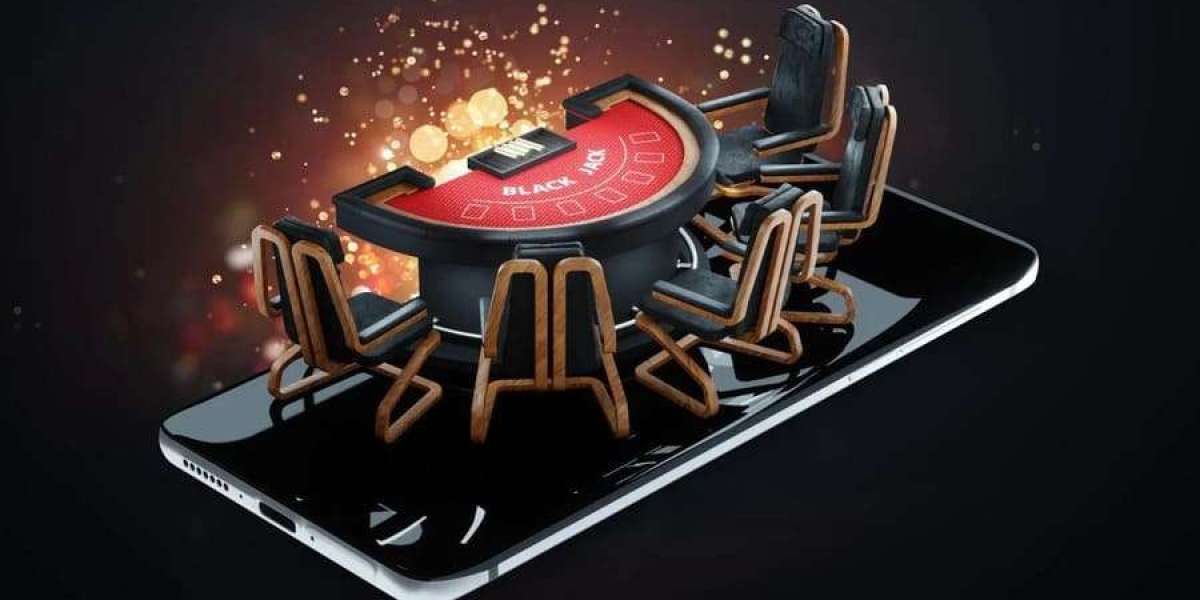1. Understanding How Motorized Curtains Work
Motorized curtain systems consist of:
A motor unit (either integrated or external)
A remote or app controller
A track or rod on which the curtain glides
Optional smart integrations (e.g., Alexa, Google Home, Apple HomeKit)
These components work together to open or close the curtains using scheduled timers, sensor data, or manual commands.
2. Choosing the Right Motor System
Motor strength depends on:
Curtain size and weight: Heavier fabrics require stronger motors.
Track length: Longer tracks need more torque to maintain smooth operation.
Usage frequency: High-traffic areas may benefit from more durable or commercial-grade motors.
Choose from:
Wired Systems (more reliable, but need professional installation)
Wireless Battery-Powered Units (easier DIY, but need occasional recharging)
3. Compatible Curtain Styles
Motorized tracks are highly versatile. Compatible curtain styles include:
Pinch pleat drapes
Rod-pocket panels
Ripple fold and wave fold
Tab-top or grommet styles (may require adapter clips)
Ensure the curtain’s weight doesn’t exceed the motor’s capacity. Ask your supplier for specific compatibility guidelines.
4. Key Features to Consider
a. Smart Home Integration
Look for systems that integrate with:
Amazon Alexa
Google Home
Apple HomeKit
Samsung SmartThings
b. Light and Temperature Sensors
Automate curtains based on sunlight levels or indoor temperature.
c. Scene Programming
Create presets like "Evening Mode" or "Away Mode" with your smart hub.
d. Remote Access
Control your curtains from anywhere using a mobile app.
5. Aesthetic and Practical Considerations
Choose curtain colors and materials that:
Complement your decor
Offer the desired opacity (sheer, semi-sheer, blackout)
Insulate well if thermal efficiency is important
You may also want to layer curtains—e.g., sheer motorized panels for daytime use, blackout drapes for night.
6. Installation Tips
Pre-measure your curtain length and window dimensions.
Ensure proper power supply access.
For renters, go with non-invasive or battery-operated systems.
Use professional installers for hardwired setups or large-scale integrations.
7. Budgeting and Cost Breakdown
Expect to spend:
$150–$300 for basic remote-operated systems
$400–$800 for app and smart-enabled options
$1,000+ for high-end brands and custom tracks
Factor in installation, especially for wired models.
8. Best Brands for Motorized Curtains
Somfy – Industry leader with reliable smart integrations.
Lutron Serena – Known for quiet operation and sleek design.
Aqara – Affordable and compatible with HomeKit.
SwitchBot – Budget-friendly for DIY automation.
Always check warranty terms, app reviews, and customer service ratings before purchasing.
Conclusion
Motorized curtains bring together technology, aesthetics, and functionality in one sleek package. With a range of features and price points, there's a solution for every home—from minimalist apartments to high-end smart houses. By choosing the right system, you can enjoy better light control, privacy, and effortless ambiance with a simple tap or voice command.








